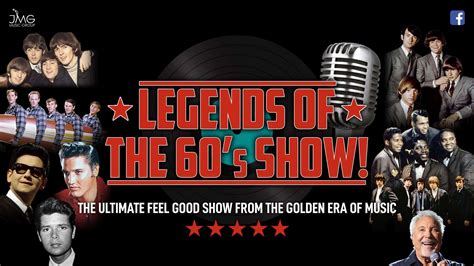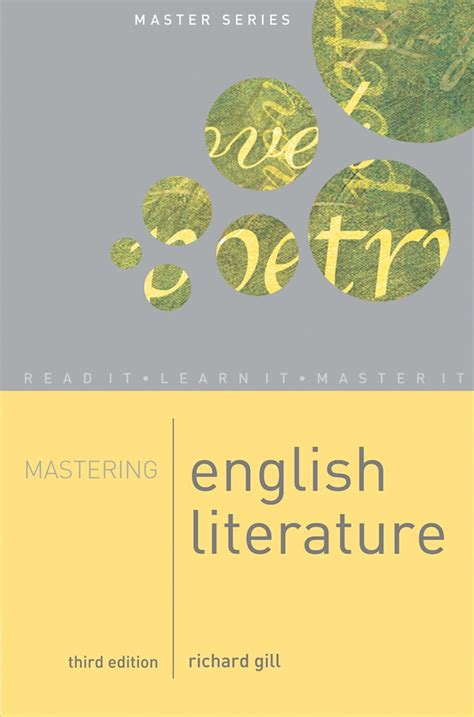The 1960s - a transformative decade for music, marked by the emergence of iconic singers who would go on to shape the industry forever. This era saw the rise of legendary artists who not only captivated audiences with their extraordinary voices but also played a significant role in shaping the cultural landscape of the time. In this comprehensive guide, we’ll delve into the lives and careers of some of the most influential 60’s singers, examining their hits, styles, and lasting impacts on the music world.
The British Invasion
The early 1960s witnessed a phenomenon known as the British Invasion, where numerous bands and solo artists from the UK gained immense popularity in the United States. One of the key figures of this era was The Beatles, comprising John Lennon, Paul McCartney, George Harrison, and Ringo Starr. Their innovative music and cultural influence helped shape the course of popular music. Songs like “I Want to Hold Your Hand,” “Yesterday,” and “Hey Jude” remain staples of their enduring legacy.
The Rolling Stones
Another iconic band from this period was The Rolling Stones, with Mick Jagger and Keith Richards at the forefront. Their blues-infused rock sound and lasting hits like “Satisfaction,” “Paint It Black,” and “Jumpin’ Jack Flash” have made them one of the most successful and enduring rock bands in history.
Soul and R&B
The 1960s was also a pivotal time for soul and R&B music, with artists like Aretha Franklin and James Brown dominating the airwaves. Known as the “Queen of Soul,” Aretha Franklin’s powerful voice and classic hits such as “Respect,” “Think,” and “A Natural Woman (You Make Me Feel Like a Natural Woman)” have become synonymous with the genre. James Brown, on the other hand, was a major figure in the development of funk music, with iconic tracks like “I Got You (I Feel Good)” and “Papa’s Got a Brand New Bag.”
Folk and Psychedelic
The mid to late 1960s saw a surge in folk and psychedelic music, with Bob Dylan being a central figure in the folk revival. His poetic lyrics and socially conscious songs like “Blowin’ in the Wind,” “The Times They Are a-Changin’,” and “Like a Rolling Stone” not only reflected the mood of the generation but also influenced a wide range of musical genres. On the psychedelic front, Jimi Hendrix revolutionized the electric guitar with his experimental and innovative playing style, as seen in songs like “All Along the Watchtower,” “Voodoo Child (Slight Return),” and “Purple Haze.”
Female Icons
This decade also witnessed the emergence of powerful female vocalists who broke through the male-dominated music industry. Dusty Springfield, with her soulful voice, had significant hits with “You Don’t Have to Say You Love Me” and “Son of a Preacher Man.” Cher, starting her career as part of the duo Sonny & Cher, eventually became a solo superstar with her distinctive voice and style, evident in songs like “Believe” and “If I Could Turn Back Time.”
Legacy of the 60’s Singers
The impact of 1960s singers extends far beyond their music. They were at the forefront of social change, with many using their platforms to address issues like civil rights, war, and personal freedom. The cultural and musical evolution of the 1960s paved the way for future generations of musicians, influencing genres from rock and pop to hip-hop and electronic music.
Key Takeaways:
- The 1960s was a dynamic period for music, with the emergence of numerous iconic singers and bands.
- The British Invasion, led by acts like The Beatles and The Rolling Stones, significantly impacted the global music scene.
- Soul and R&B artists, including Aretha Franklin and James Brown, defined the sound of a generation.
- Folk and psychedelic music, championed by Bob Dylan and Jimi Hendrix, respectively, introduced new dimensions to popular music.
- Female artists like Dusty Springfield and Cher broke barriers in the industry, achieving lasting success.
Step-by-Step Guide to Exploring 60’s Music
- Start with the Essentials: Begin with the most popular and enduring hits from the decade, such as The Beatles’ “Sgt. Pepper’s Lonely Hearts Club Band” and Aretha Franklin’s “I Never Loved a Man the Way I Love You.”
- Dive into Specific Genres: Explore the various genres that flourished during the 1960s, including British rock, soul, folk, and psychedelic music.
- Discover Hidden Gems: Look beyond the well-known artists and songs to discover lesser-known gems and underground movements of the time.
- Understand the Cultural Context: Learn about the social, political, and cultural events of the 1960s to gain a deeper appreciation of the music and its impact.
- Attend Music Festivals and Events: Participate in music festivals and events that celebrate 1960s music to experience the live energy and community of fans.
FAQ Section
Who were some of the most influential 60's singers?
+Some of the most influential 60's singers include The Beatles, The Rolling Stones, Aretha Franklin, James Brown, Bob Dylan, and Jimi Hendrix, among others.
What were some key genres that emerged or peaked in popularity during the 1960s?
+The 1960s saw the rise of several genres, including British rock, soul, R&B, folk, and psychedelic music, each contributing uniquely to the decade's rich musical landscape.
How did 60's music influence future generations of musicians?
+The music of the 1960s had a profound influence on subsequent musical genres, from punk and new wave to hip-hop and electronic music, with many artists citing 60's musicians as inspirations for their work.
In conclusion, the 1960s was a pivotal decade for music, marked by innovation, experimentation, and the emergence of legendary singers who continue to inspire and influence music today. By exploring the lives, music, and cultural impact of these icons, one can gain a deeper understanding of the decade’s significance in musical history and its enduring legacy in contemporary music.



